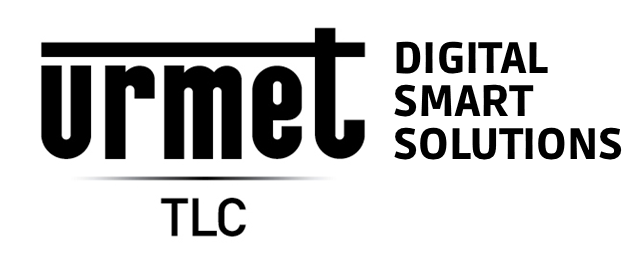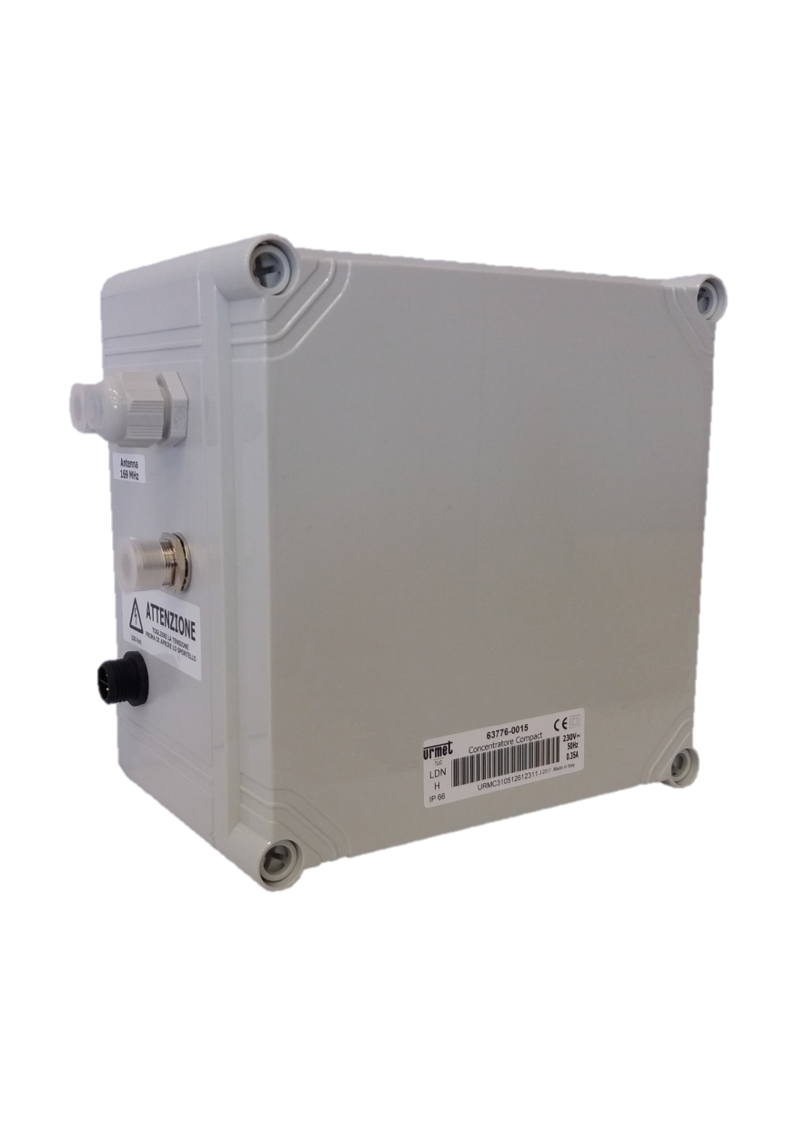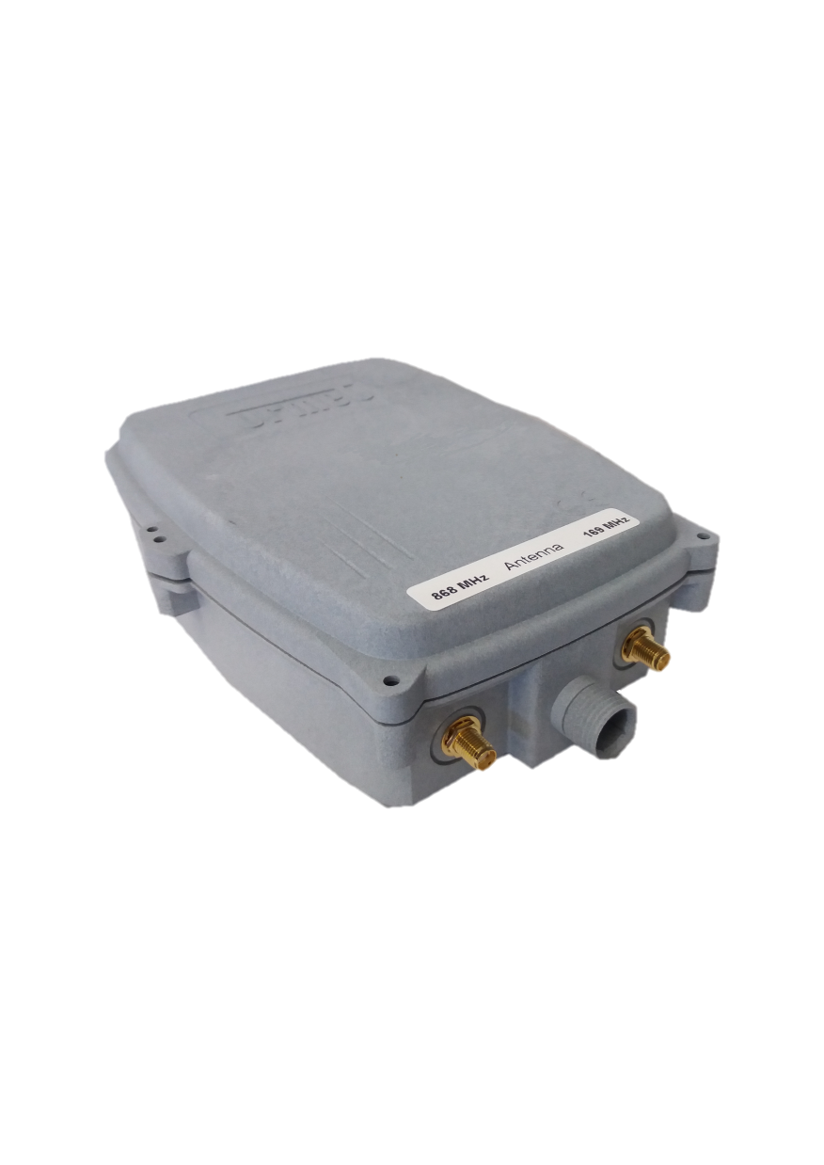The Urmet TLC product range allows the creation of IoT (Internet of Things) networks, using 169 MHz transmission technology and wireless LoRa.
Urmet TLC’s activity in the field of smart metering has shifted from solutions dedicated to gas meters to articulated multi-service networks. Through dedicated machines it is possible to collect and transmit data to the processing centers also from other types of meters such as water, heat and electricity. Urmet TLC networks are also able to integrate more advanced sensors into the architecture: parking devices, urban waste collection equipment (waste), electric lighting.
Urmet TLC research in the field of smart metering has developed efficient hardware and has defined competences to solve the critical points of IoT networks:
- network planning
- use of devices that adopt WMBus 169 MHz and 868 MHz transmission standards
- integration of radio frequencies and protocols of existing metering devices
- directional and omnidirectional antennas at 169 MHz and GSM for effective coverage of the city.




